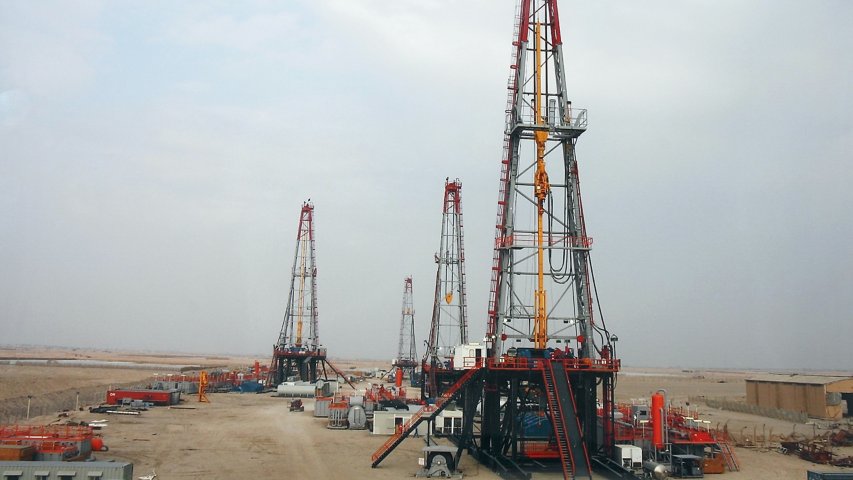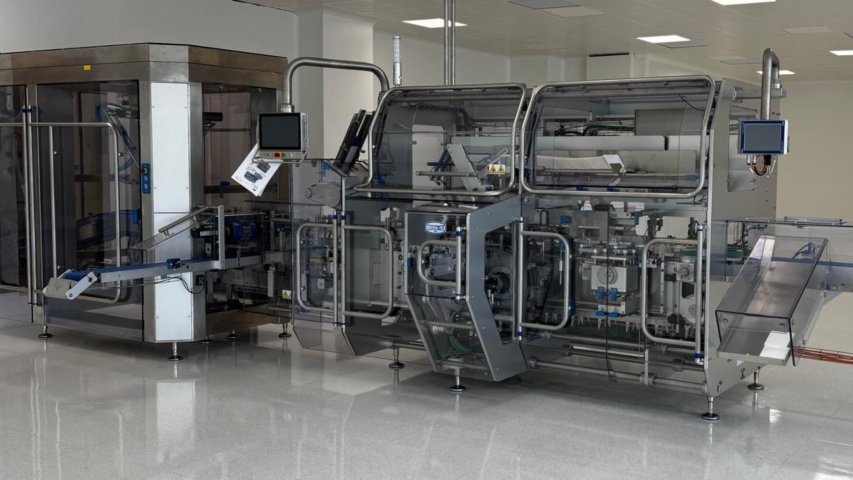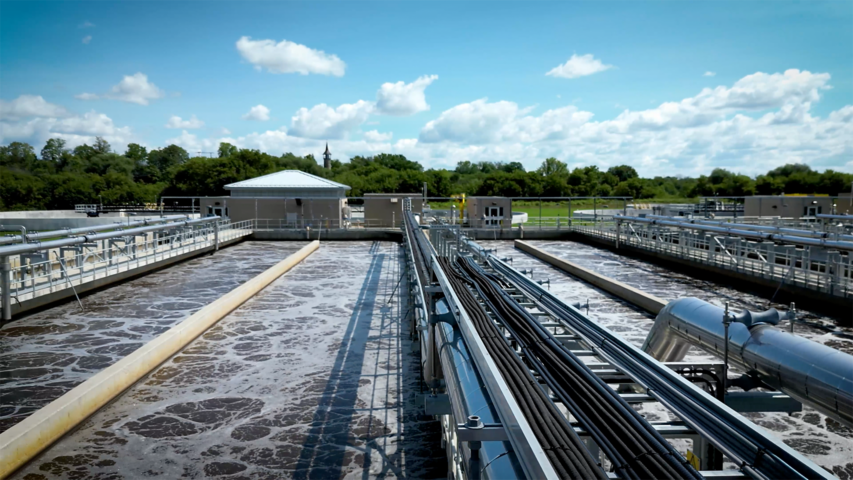Recommended For You
Challenge
- Design a custom solution for low-producing pipeline segments that does not rely on the power grid for operation
Solutions
Results
- Achieves highly accurate measurement
- Speeds deployment in remote locations – no power line needed
- Saves cost of funding infrastructure development
- Maintains 24/7 control system availability and communication
Much has changed in the complex and volatile oil and gas market in recent years. But one constant remains critical to profitability. Both producers and midstream companies require accurate and reliable measurement of the quantity and quality of crude oil as it passes from the wellpad to the pipeline.
Typically, companies rely on lease automatic custody transfer (LACT) units. LACT systems consist of a series of pumps, pipes and valves to measure and sample crude oil, as well as govern flow rate, operating pressure and other key parameters.
“Our LACT systems are installed in some of the harshest and most remote locations in the world,” said Bryan Lindsey, director of automation, UMC Energy. “Increasingly, customers are demanding highly specialized products – and we cater to that.”
Located in Joshua, Texas, UMC Energy has been serving the oil and gas industry for more than 50 years.
A privately owned company, UMC Energy prides itself on its agility – and ability to deliver custom, turnkey energy solutions within aggressive time frames.
Power Infrastructure Challenges
“For midstream companies, speed is of the essence,” Lindsey said. “They want to build their pipeline, sign their customer and start moving oil as quickly as possible.”
However, a midstream company’s ability to measure and transfer oil is often hampered by the lack of power available to run the LACT units in remote locations.
“In many of these areas, there is very little infrastructure,” said Lindsey. “And in the U.S., the cost to build a power line averages about $300,000 per mile. Those costs are absorbed by the pipeline operator.”
For example, one UMC Energy customer building a pipeline in west Texas and New Mexico required 25 miles of new power line. In addition to the significant costs, the regional utility had a three-year waiting list for construction.
“The customer couldn’t wait that long – and asked us if we could create a solar-powered LACT unit that could run outside of the power grid,” said Lindsey.
Innovative Solar Hybrid Approach
Knowing that the power requirements of the LACT pumps were beyond what a cost-effective array of solar panels and batteries could produce, UMC Energy proposed a hybrid unit.
“The customer site was a low-producing area, and we were able to determine that the LACT system only had to run about two or three hours per day,” Lindsey said. “The remainder of the time, it could be on standby.”
Connected to the oil tank battery, the LACT unit is fully solar powered in standby mode. The control system monitors the oil levels in the tank. When enough oil has accumulated to run a batch, the system engages a three-cylinder gas engine. The engine runs on scavenge gas, a byproduct of oil outgassing that naturally occurs in the tank.
The gas engine drives the booster pump and is also connected to a three-phase, 480 volt belt-driven generator. The generator connects power to all other parts of the LACT unit that run on regular AC power, including the charge pump and divert valve.
Local & Remote Control & Monitoring
“The control system is in charge of the whole operation,” Lindsey explained. “The controller monitors the tank levels, starts the engine and the generator – and reverses the process after the batch is run – based on system setpoints.”
A Rockwell Automation® control system featuring an Allen‑Bradley® CompactLogix™ controller and Allen‑Bradley PanelView™ graphic terminal runs the LACT unit. The PanelView touch screen allows a local operator to monitor the unit on site.
In addition, a cellular-based remote monitoring device is included in the panel. Using cell phone networks, the remote monitoring device transmits information to the customer’s Houston control center. As an alternative, the system can be configured to enable a cloud-based remote monitoring solution.
“All monitoring information that is available locally at the skid is also available remotely within a full-blown SCADA system,” said Lindsey. “The solar power keeps the control and monitoring system running and available 24/7.”
A Cost-Effective Solution
Currently, UMC Energy is installing a similar LACT system for a customer facing infrastructure challenges at lower-producing sites in Oklahoma.
“If a LACT unit only runs for a portion of the day, our system is a viable, cost-effective alternative,” said Lindsey. “All power required to run the unit is available right at the point of consumption.”
Learn more about how Rockwell Automation helps improve machine builder performance.
Allen‑Bradley, CompactLogix, PanelView and Rockwell Automation are trademarks of Rockwell Automation, Inc.
Published May 1, 2019




